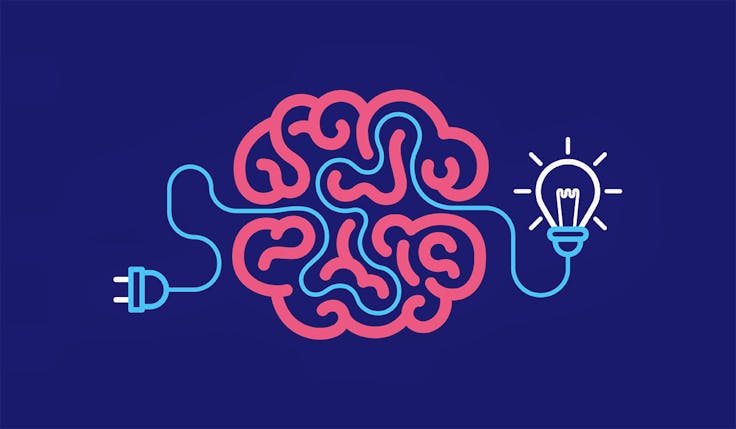LinkedIn B2B Institute: Advertising should be ‘memorable not clickable’
With most B2B customers not in the market to buy most of the time, marketers should target memorability rather than instant sales, said the LinkedIn B2B Institute’s Jon Lombardo.
 To achieve long-term growth, marketers should aim to make their advertising memorable rather than clickable, according to the LinkedIn B2B Institute’s global head of research, Jon Lombardo.
To achieve long-term growth, marketers should aim to make their advertising memorable rather than clickable, according to the LinkedIn B2B Institute’s global head of research, Jon Lombardo.
“Advertising is not persuasion, it is publicity. It’s just making people aware of the product or service and at some later date when they need the product or the service, they will think of your company and they will buy your company, generally. There will not be a click in that process,” he said, speaking at Marketing Week’s Festival of Marketing today (Thursday 6 October). “It’s actually about memory, it’s not about clicks.”
As a result, a customer’s memory of a brand and its advertising is key. He highlighted what he calls the “95:5 rule”, which suggests 95% of buyers that B2B marketers are trying to reach are out-of-market and won’t be ready to buy for months or even years. Therefore, brands should aim to stick in customers’ minds until it is time for them to buy.
Because more customers aren’t in the market most of the time, he suggested marketers should “flip the funnel”.
“The funnel is not a customer-centric view of the world, it’s a marketing or sales-centric view of the world. That’s wrong,” he claimed.
You don’t need the best product, you just need a better product that everybody knows.
Jon Lombardo, LinkedIn’s B2B Institute
Marketers should rethink the proportions of how they do their advertising according to a more customer-centric view of the market, he advised, which involves thinking about the customers that are out of the market as well as those ready to buy.
But advertising should be entertaining and memorable in order to reach that broader market, he said. He gave the example of the Compare the Market’s meerkat mascot Aleksandr Orlov as being one that people remember.
“That’s the way really good advertising works. You have something that entertains you and gets your attention. It refreshes your memory structures – if you want to get technical about it,” he said.
Lombardo believes brand characters in general are a great way to build memories and cited research from LinkedIn’s B2B Institute and System1 that finds less than 1% of B2B ads feature characters.
The reason why brand characters are so memorable is “picture superiority”, with Lombardo citing the old adage that “a picture speaks a thousand words”.
Finding connections
Another way to build memorability is through tying your brand to situations or “frames”. He cited a study that shows if you ask customers to name an ice cream they have at Christmas it will produce a very different set of answers than asking them to name an ice cream generally. As a result he believes marketers should aim to build association with different situations to build mental market share, which he said “links very strongly and correlates very strongly to actual market share”.
He believes Google gets too much credit, describing last-click attribution as “insane”. He said the concept of ‘brain engine optimisation’ is much more relevant, citing Jon Bradshaw, founder of consultancy Brand Traction’s quote: “The most important search engine is still the one in our minds.”
He also dismissed the assertion made by many Silicon Valley entrepreneurs that their product is much more important than any advertising. Customers don’t search the market high and low for the best product, he said, they “buy the best product that they know”.
“So you don’t need the best product, you just need a better product that everybody knows,” he concluded.







